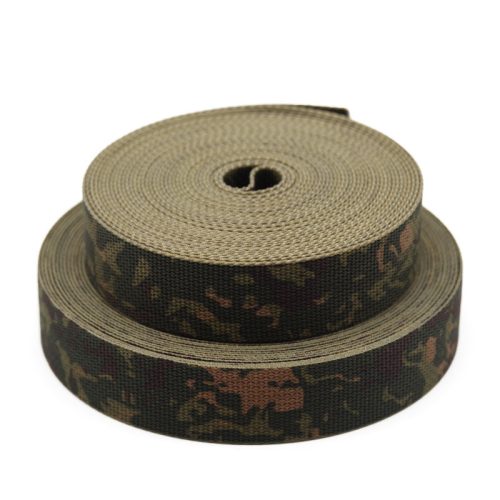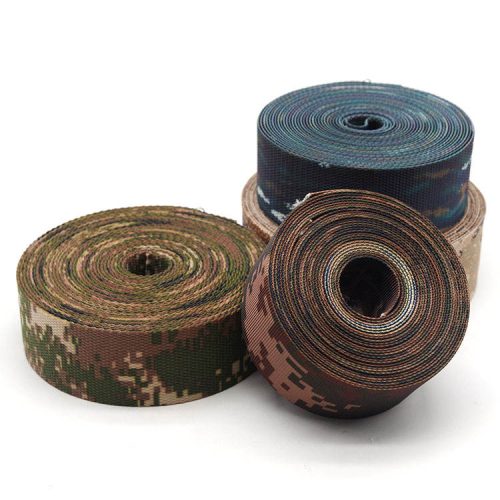Cotton webbing is a durable material, but its strength varies depending on factors such as the thickness of the webbing, the quality of the cotton fibers used, and the specific weave pattern. While cotton webbing is not as strong as some synthetic options like nylon or polyester, it still possesses sufficient strength for a wide range of applications. Here’s a general idea of the strength you can expect from cotton webbing:
- Breaking Strength: Cotton webbing typically has a breaking strength ranging from around 200 pounds (90 kilograms) to 600 pounds (270 kilograms) or more for wider and thicker webbing varieties. This means that the webbing can withstand these amounts of force before breaking.
- Load Capacity: The load capacity of cotton webbing depends on factors like the width and thickness of the webbing. Thicker and wider webbing generally has a higher load-bearing capacity. For example, a wider cotton webbing strap might be suitable for carrying heavier loads compared to a narrower one.
- Tensile Strength: The tensile strength of cotton webbing varies, but it’s generally considered sufficient for applications that don’t require extremely high tensile forces. Tensile strength refers to the maximum amount of force the material can withstand while being stretched before breaking.
- Wear and Tear: While cotton webbing is strong, it might experience wear and tear over time, especially if subjected to repetitive stress, friction, or exposure to the elements. It’s important to consider the intended use and potential stress factors when choosing cotton webbing for specific applications.
When selecting cotton webbing for a particular project, it’s crucial to assess the strength requirements and consider factors like the weight of the load, the stress the webbing will endure, and the safety implications. For heavy-duty applications or those requiring exceptional strength, you might consider using synthetic webbing materials like nylon or polyester, which often have higher breaking strengths and better resistance to external factors.
Always make sure to choose the appropriate type of webbing for your specific needs and follow any manufacturer recommendations or guidelines for load limits and usage.


